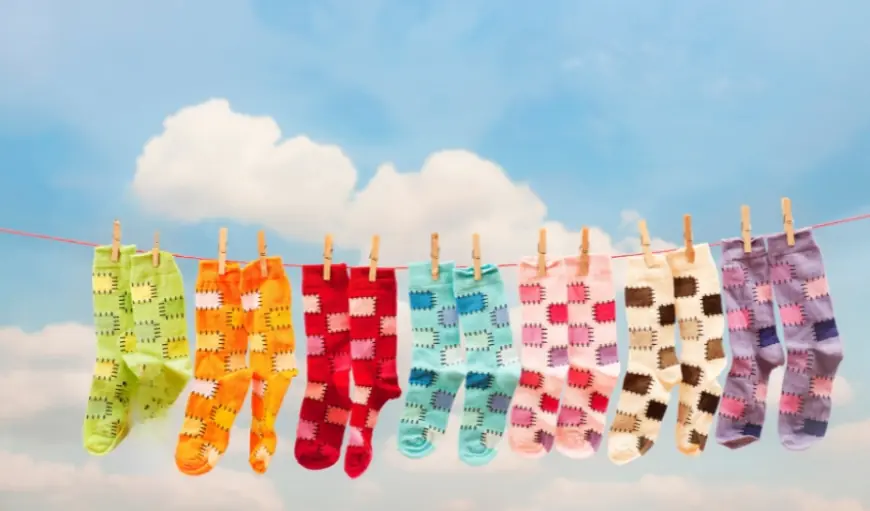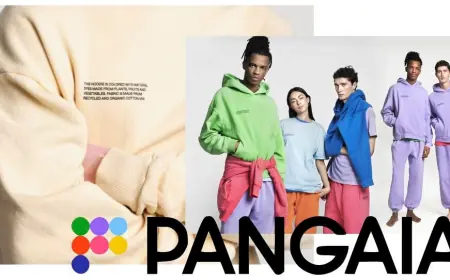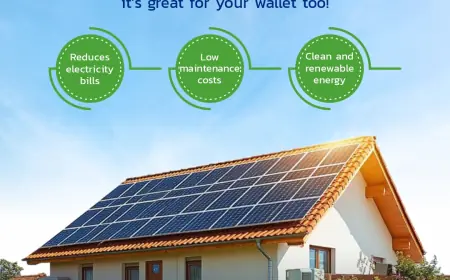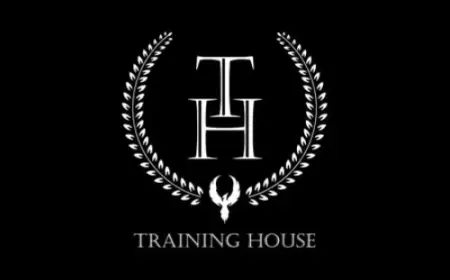Socks Market Share, Size, Trends, Growth & Forecast (2025-2034)
The global Socks Market Share reached a size of approximately USD 52.79 billion in 2024.

Socks Market Overview
The global Socks Market Share reached a size of approximately USD 52.79 billion in 2024. This market is projected to grow at a compound annual growth rate (CAGR) of 5.80% from 2025 to 2034, ultimately reaching nearly USD 92.77 billion by 2034. The socks market has been consistently expanding, driven by increasing consumer interest in specialty products like sports socks, compression socks, and ankle socks. Growth is largely attributed to a rising awareness about health and fitness, alongside shifts in lifestyle toward more active and casual clothing choices. This growth trajectory is also fueled by advancements in fabrics, with improved materials focused on comfort and performance. For example, moisture-wicking and breathable fabrics have gained popularity, especially for performance-oriented and fitness-conscious consumers. Additionally, the growing awareness of diabetes and other foot-related health issues has led to increased demand for therapeutic socks designed to improve foot health. The socks market is also benefitting from evolving consumer preferences for high-quality, durable, and functional products that meet various needs, from fashion to comfort and performance.
Market Trends
One of the key trends in the socks market is the growing demand for socks that serve both functional and aesthetic purposes. Consumers are increasingly seeking products that not only offer comfort but also align with their personal style, resulting in the growth of fashion-forward sock options. Moreover, there is a notable rise in the popularity of specialty socks designed for specific purposes, such as athletic performance, medical needs, and outdoor activities. Products such as moisture-wicking socks, compression socks, and diabetic socks have gained traction due to their health benefits and targeted functionality.
Another trend reshaping the socks market is the increasing emphasis on sustainability. As consumers become more environmentally conscious, there is a growing demand for eco-friendly socks made from natural or recycled materials. Many brands are now offering organic cotton socks, wool-based products, and other sustainable alternatives. This aligns with broader fashion and retail trends focusing on sustainability, as consumers look to reduce their environmental impact through their purchases.
Market Growth
The socks market is set to experience strong growth over the forecast period, driven by shifts in consumer preferences toward more active lifestyles and casual wear. Athleisure continues to be a major influence, with consumers seeking socks that complement their active routines. In addition, advancements in fabric technology, such as moisture management, odor control, and enhanced breathability, are fueling demand for performance socks, especially among athletes and fitness enthusiasts.
Technological innovations in sock manufacturing are also contributing to market growth. The use of materials such as antimicrobial fabrics, moisture-wicking fibers, and compression technologies is enhancing the functionality of socks, which has expanded the potential customer base to include those with specific health needs, such as those suffering from diabetes or poor circulation. These innovations, along with the increasing popularity of custom socks and the introduction of fashion-forward designs, are expected to keep the market growing at a steady pace throughout the forecast period.
Segmentation
Breakup by Product
-
Casual Socks: Casual socks dominate the market, driven by their widespread use in everyday wear. They are available in a variety of materials and designs, catering to different customer preferences for comfort and fashion.
-
Formal Socks: Typically worn with business attire, formal socks are designed to complement formal wear while providing comfort. Their popularity remains steady, especially in corporate and professional environments.
-
Athletic Socks: With increasing health awareness, the demand for athletic socks has surged. These socks are designed with performance-enhancing features such as moisture-wicking capabilities, compression, and arch support, making them essential for athletes and fitness enthusiasts.
-
Speciality Socks: This category includes socks designed for specific purposes, such as compression socks, diabetic socks, or socks with orthopedic features. These products cater to consumers with unique health or performance needs.
-
Others: This includes novelty socks, such as those with fun patterns or themes, which have a growing market in the fashion and gift sectors.
Breakup by Raw Material
-
Nylon: Known for its durability, elasticity, and smooth texture, nylon is a popular material for socks, especially in athletic and performance socks.
-
Cotton: Cotton remains one of the most common materials for socks, valued for its softness and breathability. It is commonly used in casual and formal socks.
-
Polyester: Polyester socks are favored for their moisture-wicking properties, making them ideal for athletic and performance use.
-
Wool: Wool socks are known for their warmth, making them popular in colder climates. They also offer natural moisture-wicking properties.
-
Waterproof Breathable Membrane: These socks are used in specific outdoor and performance applications where moisture management and foot protection are crucial, such as hiking or sports activities in wet conditions.
-
Others: This includes synthetic fibers and eco-friendly materials such as bamboo, hemp, or recycled fibers, catering to the growing demand for sustainable products.
Breakup by End-User
-
Men: Men’s socks make up a significant portion of the market, with a wide variety of options available, including formal, casual, athletic, and specialty socks.
-
Women: Women’s socks are highly diverse, with a range of designs catering to both fashion and functionality. This segment also sees significant demand for novelty and stylish socks.
-
Children: Children’s socks come in various sizes and designs, often with fun patterns and colors. Comfort and durability are key considerations for this demographic.
Breakup by Distribution Channel
-
Hypermarkets and Supermarkets: These large retail stores remain a dominant channel for socks distribution, where consumers can find a variety of brands and styles at competitive prices.
-
Convenience Stores: These stores play a smaller but important role in socks retail, especially for consumers looking for quick, on-the-go purchases.
-
Online: E-commerce continues to be a rapidly growing channel, allowing customers to access a wide range of brands and styles from the comfort of their homes.
-
Retail Stores: Specialty retail stores and department stores offer socks, especially those targeting specific needs like health-focused or high-performance socks.
Breakup by Region
-
North America: North America is a major market for socks, particularly in the U.S., where the demand for athletic and casual socks continues to rise. The presence of key sock manufacturers also bolsters regional growth.
-
Europe: Europe, particularly countries like the UK, Germany, and Italy, sees strong demand for both functional and fashionable socks, with sustainability playing an increasingly important role in consumer preferences.
-
Asia Pacific: This region is experiencing rapid growth, especially in countries like China, Japan, and India, driven by rising disposable incomes, urbanization, and increasing health awareness.
-
Latin America: Latin America is a growing market, with Brazil and Mexico leading the way, as more consumers embrace comfort-oriented and fashionable socks.
-
Middle East and Africa: The market is still developing in this region but is expected to grow as a result of increasing disposable income and a growing demand for fashion and comfort.
Companies Covered
-
The Sock Factory
-
Nester Hosiery
-
Golden Lady Company SpA
-
Nike Inc.
-
Hanesbrands Inc.
-
Under Armour®, Inc.
-
PUMA SE
-
Others
What's Your Reaction?
 Like
0
Like
0
 Dislike
0
Dislike
0
 Love
0
Love
0
 Funny
0
Funny
0
 Angry
0
Angry
0
 Sad
0
Sad
0
 Wow
0
Wow
0
















































